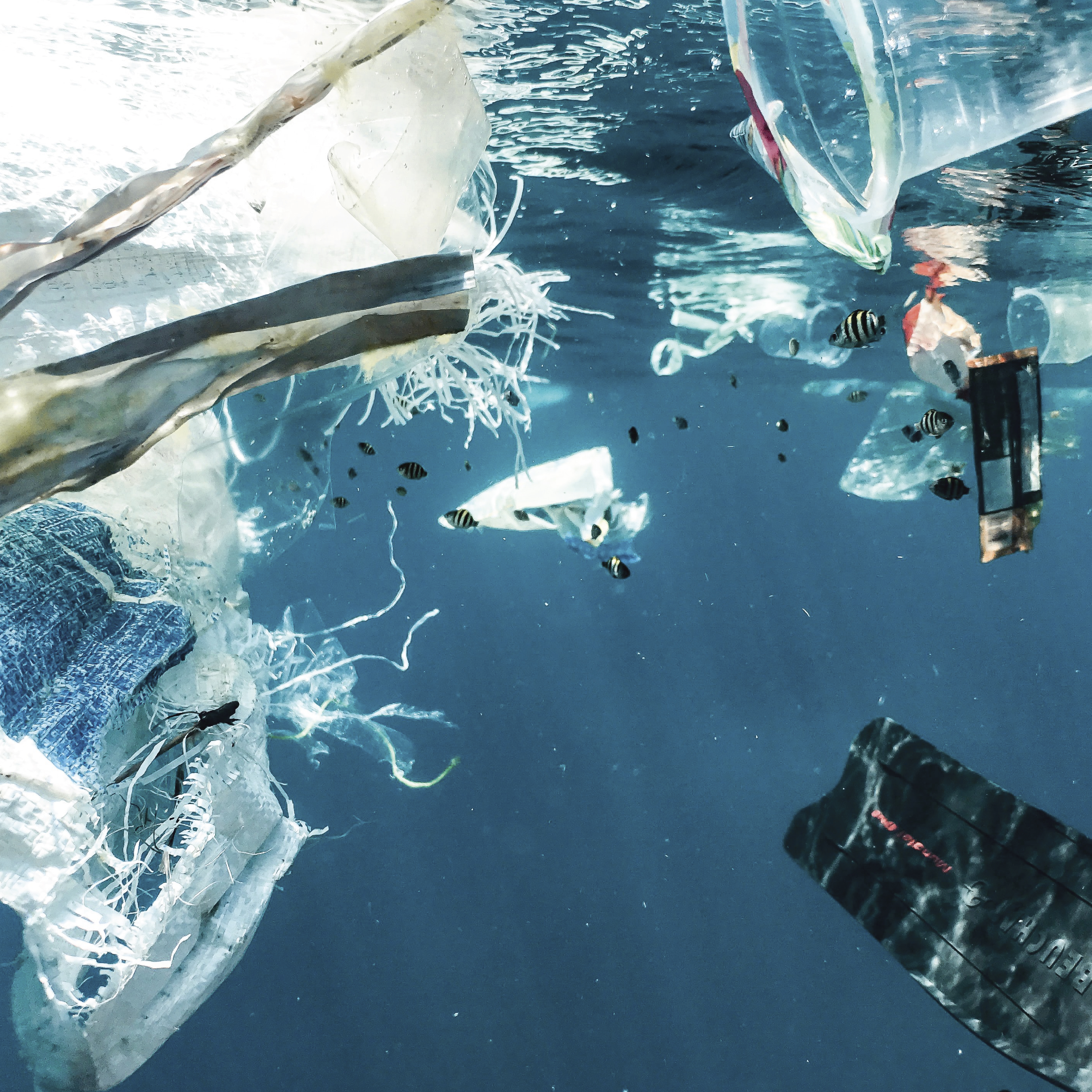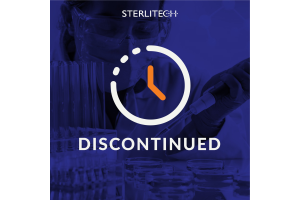Gold Coated Membranes Applications: Detecting Microplastics from Pharmaceuticals

Microplastics, tiny pieces of plastic measuring less than 5mm in diameter, are a growing concern due to their environmental persistence and negative impact on both environmental and human health. Microplastics originate from a wide range of industrial and consumer sources, including pharmaceuticals.
What are Microplastics?
A regulatory definition of microplastic is any "material consisting of solid polymer-containing particles, to which additives or other substances may have been added, and where ≥1% weight by weight (w/w) of particles have (i) all dimensions 1 nm ≤ x ≤ 5 mm, or (ii), for fibers, a length of 3 nm ≤ x ≤ 15 mm and length to diameter ratio of >3. Polymers that occur in nature that have not been chemically modified (other than by hydrolysis) are excluded, as are polymers that are (bio)degradable."
Concerns with Microplastic Uses and Exposure through Pharmaceuticals
The release of microplastics into the environment is particularly worrying because they tend to persist in the environment and bioaccumulate in the tissues of organisms exposed to them, resulting in dire ecological consequences. Since microplastics are so tiny they are easily ingested and can be transferred up the food chain. Microplastics from pharmaceutical products can potentially make their way into wastewater and eventually the environment during the manufacturing process, by being excreted after ingestion, or when unused medicinal products are flushed away by patients.
Use of Microplastics in Pharmaceuticals
Microplastics are used in a broad range of applications in various industrial sectors, including agricultural/horticultural products such as fertilizers, cosmetics, detergents and laundry products, household cleaning products, paints and coatings, to name a few. They are also used in many pharmaceutical products and food supplements. Their ability to mask the taste of unpleasant medications and control the release of medicinal drugs makes them particularly useful for both human and veterinary medicinal applications, typically but not exclusively in the form of tablets or capsules.
Coated tablets, encapsulation membranes, and osmotic systems are only considered to be microplastics if the 'end product' that is ingested falls within the size range of <5mm. While capsules, tablets and osmotic systems over 5mm in size do not fall within the definition of a 'polymer-containing microplastic' at the point of use by the consumer, it is possible that secondary microplastics can be excreted from the body and enter wastewater. Not only are microplastics harmful themselves, they also absorb other harmful contaminants such as endocrine-disrupting chemicals, heavy metals, and persistent organic pollutants that may be present in water, thereby posing additional health risks.
Microplastic Detection in Water Samples
Sterlitech's gold-coated polyester membrane filters feature a plain flat surface with round pores. Particles are retained on the flat surface and since the membrane is coated on both sides (20nm on one side, 40nm on the other), has increased filter stability. Gold-coated polyester membranes are the best option for microplastics research and analysis due to their high contrast when examined using scanning electron microscopy (SEM).
Sources:
Parth Soni, Sebastian Joseph. ECHA's Microplastics Use Restriction—Impact on Pharmaceuticals. Pharmaceutical Technology, January 3, 2021, Volume 45, Issue 1 Pages: 40–43
ECHA, "Annex XV Restriction Report: Proposal for a Restriction—Intentionally Added Microplastics (Version 1.2)," echa.europa.eu, Report, Aug. 22, 2019.
ECHA, "Annex to the Annex XV Restriction Report: Proposal for a Restriction—Intentionally Added Microplastics (Version 1.2)," echa.europa.eu, Report, Aug. 22, 2019.
- Most Viewed Blog Articles (5)
- Company News (284)
- Emerging Technologies (64)
- Microbiology and Life Science News (93)
- Water and Fluid Separation News (97)
- Filtration Resources (93)
- Product News (19)

![Join Sterlitech at BIO 2024 [Booth #5558]: Exploring the Future of Biotechnology](https://www.sterlitech.com/media/blog/cache/300x200/magefan_blog/b4.jpeg)




